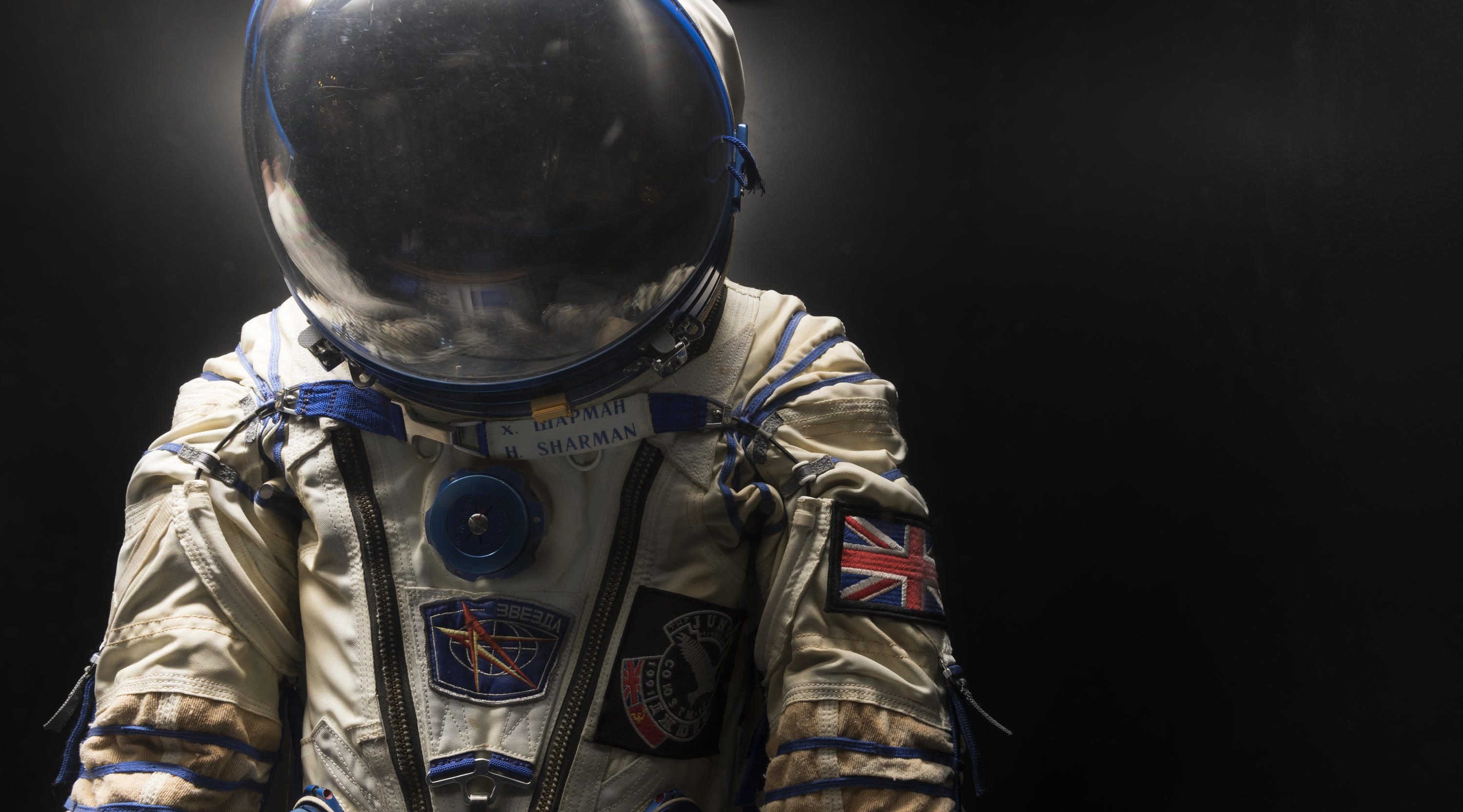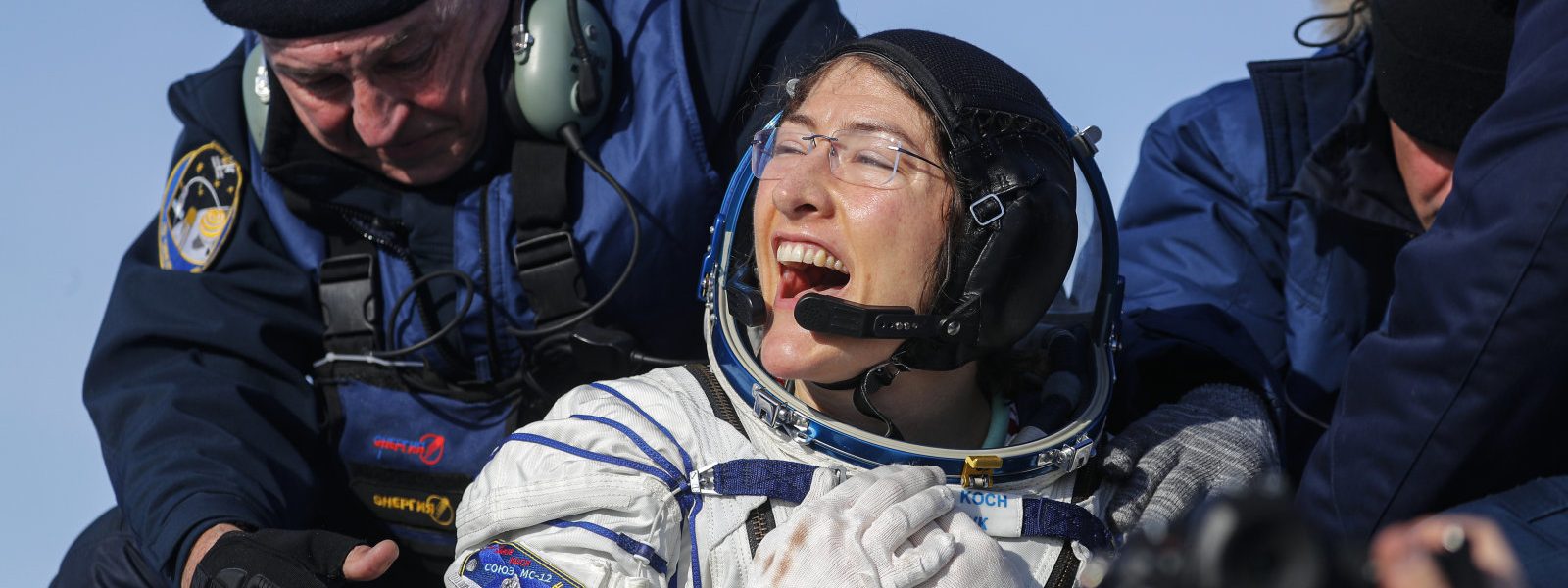As a jubilant Christina Koch stepped out of her scorched soyuz capsule in the snowy grasslands of Kazakhstan last Thursday after 328 days in orbit, it felt truly special to celebrate her achievement for the longest continuous space flight by a female astronaut.
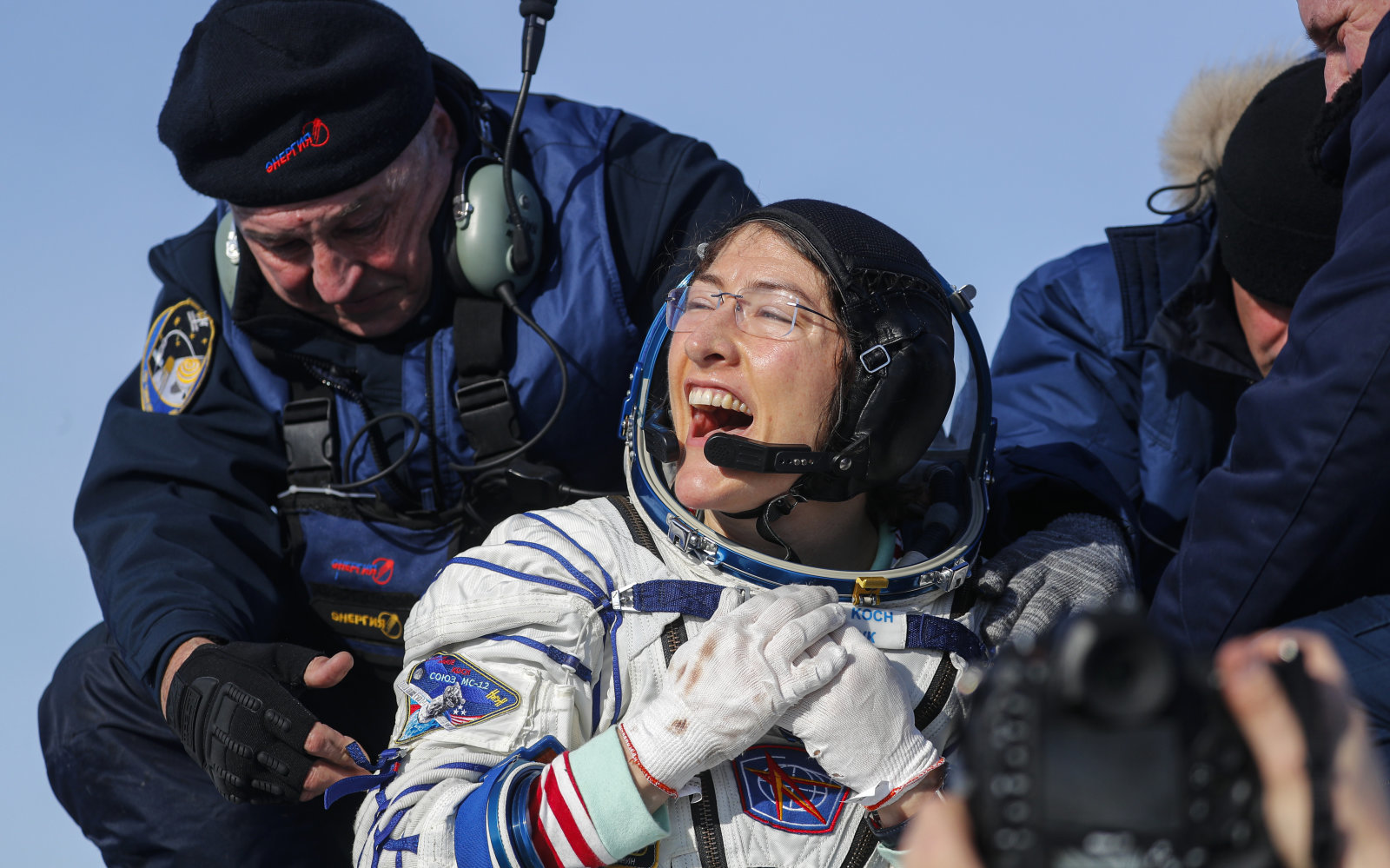
Together with Koch’s other world record – the first women’s spacewalk joint with her fellow NASA astronaut, Jessica Meir in October last year, this is a moment for celebration for all women working in space science and STEM.
It was also a moment to reflect on the extraordinary partnership that is the International Space Station – which was Koch’s home for nearly a year. A partnership between the Russian Space Agency, NASA and three other international Space Agencies including the European Space Agency which has benefited our understanding of human space flight since its launch in 1998.
Koch’s time in space marks the latest milestone in a line of pioneering women. From the first woman in space, Valentina Tereshkova in 1963 to the first Briton in space, Helen Sharman in 1991, the legacy of female astronauts is one of defying preconceptions.
Both women went on to continue very successful careers in STEM – Valentina in engineering and Helen in Chemistry. And we were thrilled to reunite them at the Science Museum in 2017 to celebrate Valentina’s 80th birthday. Hear more from Tereshkova as she recaps her historic journey into space.
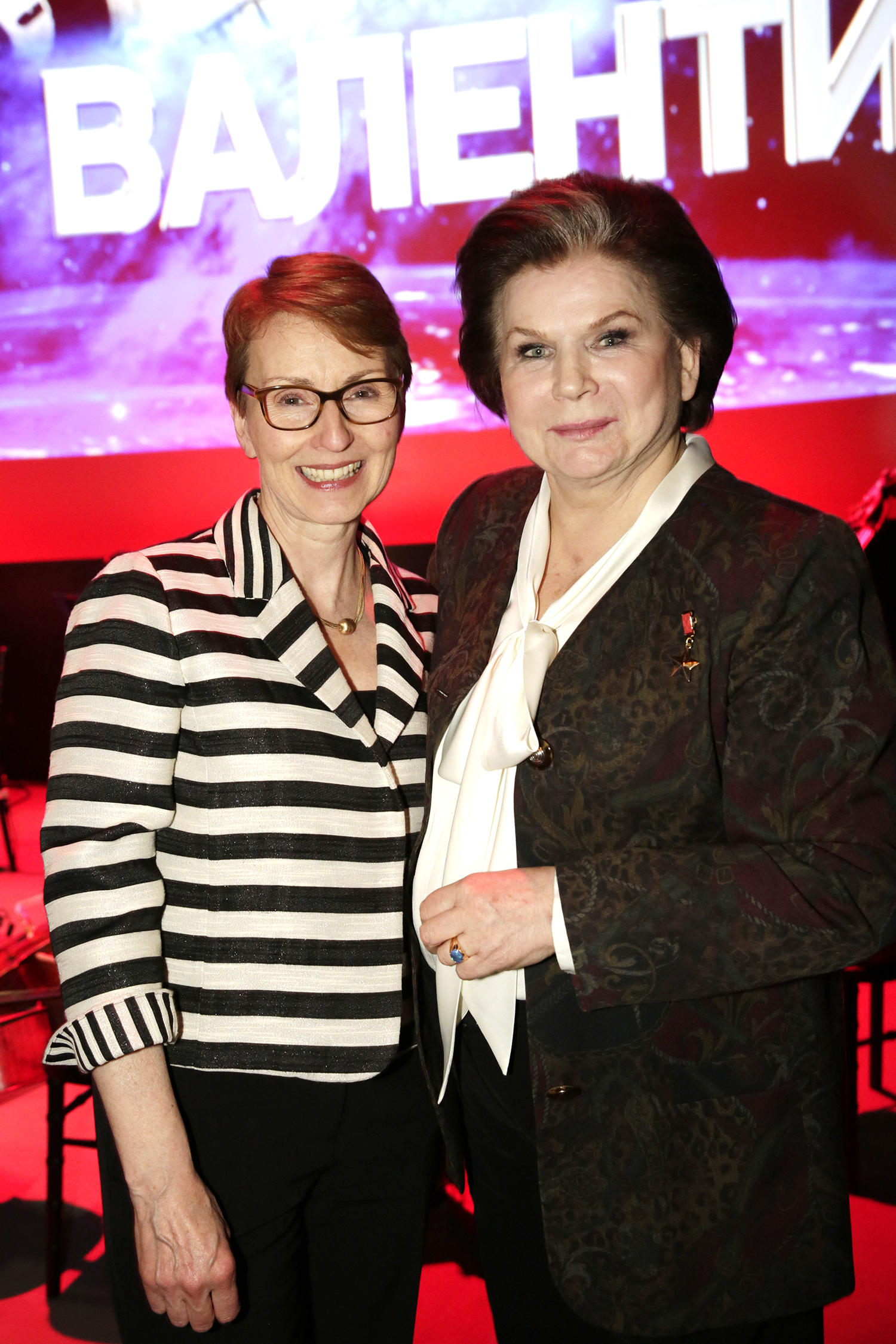
Whilst onboard, Koch also conducted experiments including studying the effects of zero gravity on Mizuna mustard greens, bioprinting, combustion and kidney diseases.
And just like Tereshkova, Koch is not just an astronaut. She is also an electrical engineer who has been involved in scientific field work for the National Oceanic and Atmospheric Administration (NOAA) in Alaska and other remote locations.
Koch’s record is not only impressive as a feat of physical endurance but will provide a wealth of new data on how the female body responds to zero-gravity conditions. Through missions like Koch’s we are able to right a historical imbalance and enhance our understanding of how long missions will affect women too including the next challenge in human space flight – a five hundred day flight to Mars and back.
In order to find solutions for the challenges that space travel poses we need a range of diverse individuals shaping its development, enabling us to travel further beyond the limits of our world and understand our place in the universe.
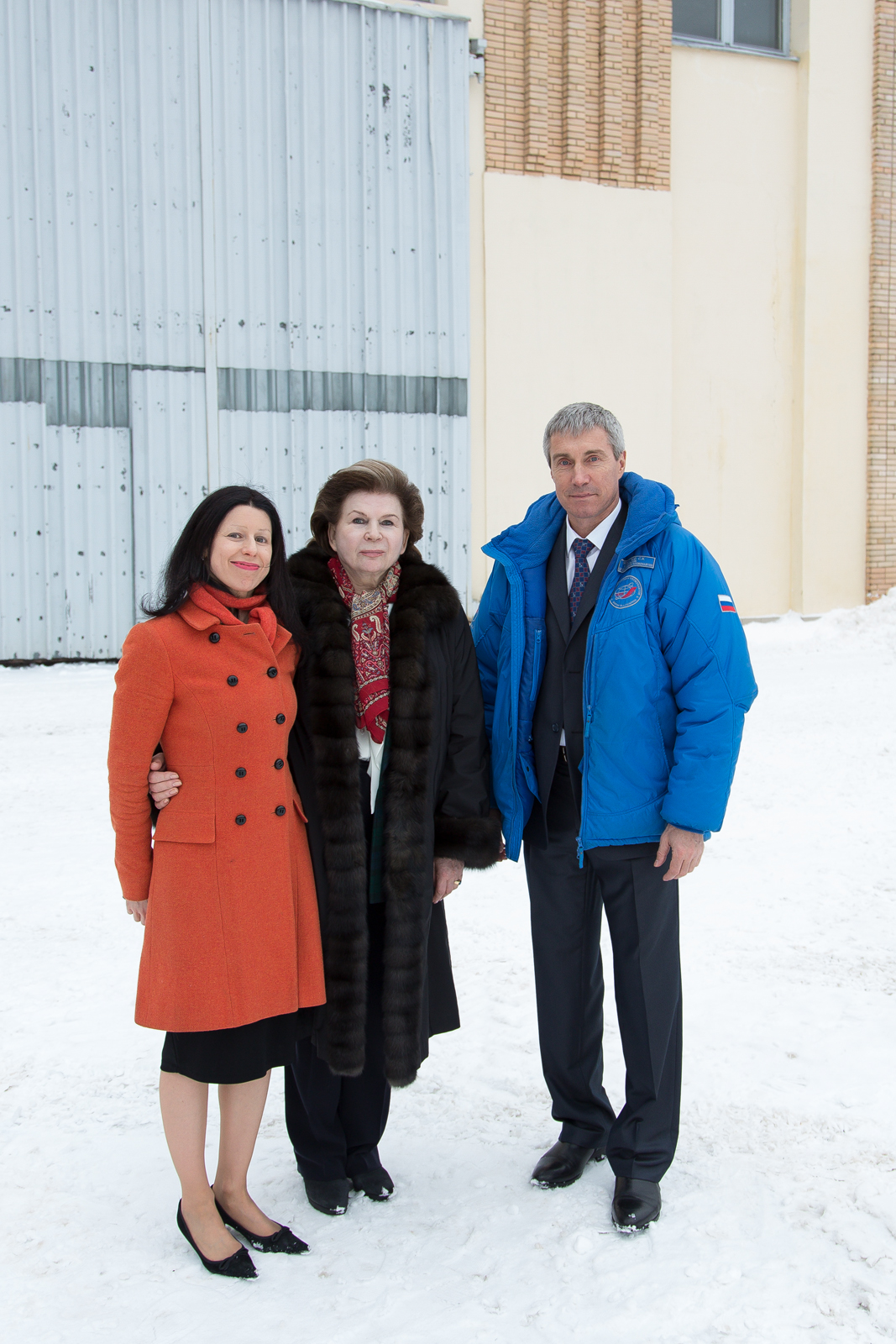
The Science Museum Group has a key role to play in inspiring female scientists, engineers, technicians, mathematicians and astronauts that will take us further than we have ever gone before.
In our Exploring Space gallery among other iconic objects that have experienced zero gravity, you can see Helen Sharman’s spacesuit and marvel at the records that will be broken by other pioneering women in the future.
